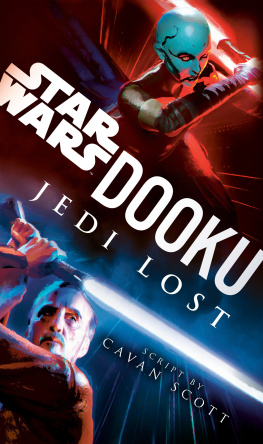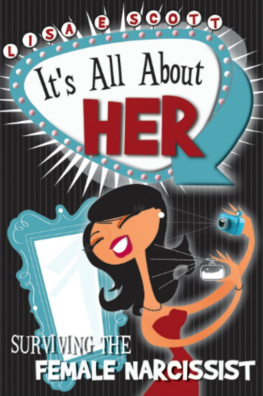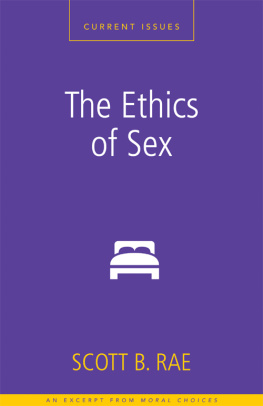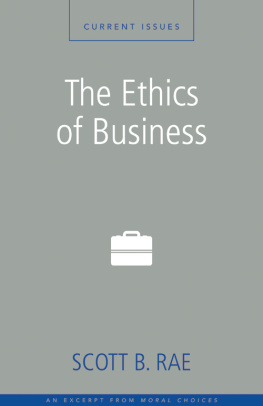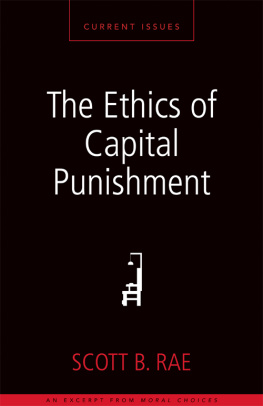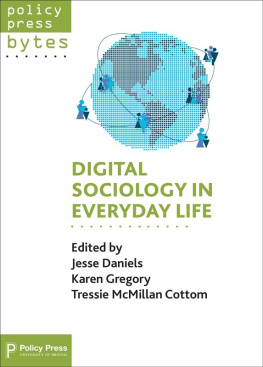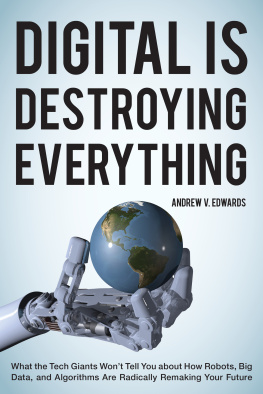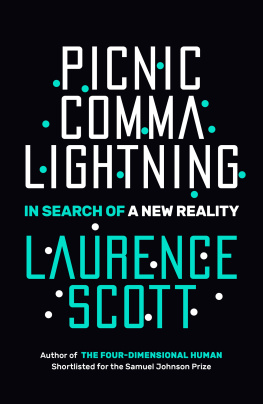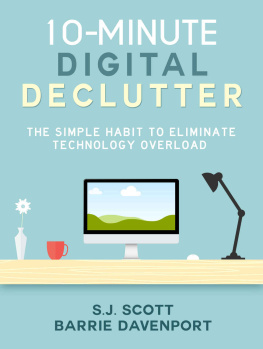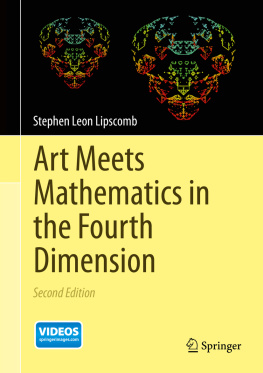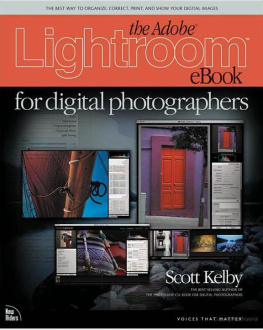Scott - The Four-Dimensional Human: Ways of Being in the Digital World
Here you can read online Scott - The Four-Dimensional Human: Ways of Being in the Digital World full text of the book (entire story) in english for free. Download pdf and epub, get meaning, cover and reviews about this ebook. year: 2015, publisher: Random House, genre: Romance novel. Description of the work, (preface) as well as reviews are available. Best literature library LitArk.com created for fans of good reading and offers a wide selection of genres:
Romance novel
Science fiction
Adventure
Detective
Science
History
Home and family
Prose
Art
Politics
Computer
Non-fiction
Religion
Business
Children
Humor
Choose a favorite category and find really read worthwhile books. Enjoy immersion in the world of imagination, feel the emotions of the characters or learn something new for yourself, make an fascinating discovery.
- Book:The Four-Dimensional Human: Ways of Being in the Digital World
- Author:
- Publisher:Random House
- Genre:
- Year:2015
- Rating:5 / 5
- Favourites:Add to favourites
- Your mark:
- 100
- 1
- 2
- 3
- 4
- 5
The Four-Dimensional Human: Ways of Being in the Digital World: summary, description and annotation
We offer to read an annotation, description, summary or preface (depends on what the author of the book "The Four-Dimensional Human: Ways of Being in the Digital World" wrote himself). If you haven't found the necessary information about the book — write in the comments, we will try to find it.
The Four-Dimensional Human: Ways of Being in the Digital World — read online for free the complete book (whole text) full work
Below is the text of the book, divided by pages. System saving the place of the last page read, allows you to conveniently read the book "The Four-Dimensional Human: Ways of Being in the Digital World" online for free, without having to search again every time where you left off. Put a bookmark, and you can go to the page where you finished reading at any time.
Font size:
Interval:
Bookmark:
Contents
A constellation of everyday digital phenomena is rewiring our inner lives, argues Laurence Scott. We are increasingly coaxed from the third-dimensional containment of our pre-digital selves into a wonderful and eerie fourth dimension, a world of ceaseless communication, instant information and global connection.
Our portals to this new world have been wedged open, and the silhouette of a figure is slowly taking shape. But what does it feel like to be four-dimensional? How do digital technologies influence the rhythms of our thoughts, the style and tilt of our consciousness? What new sensitivities and sensibilities are emerging with our exposure to the delights, sorrows and anxieties of a networked world? And how do we live in public, with these recoded private lives?
Tackling ideas of time, space, isolation, silence and threat how our modern-day anxieties manifest online and moving from Hamlet to the ghosts of social media, from Seinfeld to the fall of Gaddafi, from Twitter art to Oedipus, The Four-Dimensional Human is a highly original and pioneering portrait of life in a digital landscape.
Laurence Scott is a lecturer in English and Creative Writing. His essays and criticism have appeared in the Guardian, the Financial Times and the London Review of Books, among other publications. In 2011 he was named a New Generation Thinker by the Arts and Humanities Council and the BBC. He lives in London.

To Stella and David Scott,
with unending love and gratitude.
All the birds are singing,
and the day is just beginning,
Pat feels hes a really happy man.
Postman Pat and his Black and White Cat
I WAS GLAD that the visit to the mock-castle had been a success, since Im a mock-tourist. My friend and I were sitting on the terrace of our bed-and-breakfast near Sintra, Portugal. It was the spring of 2008, which means that there were perhaps Couchsurfers down in the valley, but Airbnb was several months shy of its founding. We had just been on a trip to Quinta da Regaleira, the imitation palace, which in the early twentieth century a set designer had built for a coffee and gem merchant. Although I had enjoyed crawling through the watery tunnels on the castles estate, I was happier still to be back on the terrace, writing a postcard.
The card was a thank-you note to an acquaintance who, a month or so previously, had lent me his empty house. He hadnt known I was coming, since he was already abroad when I emailed to ask him. His Georgian dwelling on a lonely terrace was not without its Gothic qualities. Every other chandelier worked, through the barred windows in the dining room lay a forgotten garden, and all the internal doors opened except one, on the second-floor landing. As I turned and shook the handle, it rattled in its frame. I wondered what he kept locked in there, even when no guests were expected. Elsewhere there were touching signs of the absence into which Id intruded: a bowl and spoon on the desk, smeared with dried yoghurt, maybe, or ice cream, a magazine left on the floor by the bath, folded to an article titled The Loveliest Doors. During my stay I had the recurring dream that he came back suddenly to turn me out, full of a mysterious and inarguable anger.
Nevertheless, thanks were due. I finished the postcard and set it aside. My friend, the good traveller, put down her book and we started chatting. As we spoke, I noticed that I kept glancing at the postcard. Its presence on the table was a sort of agitation, gathering around it a subdued but recognisable cluster of feelings. There was a general nervousness and sense of waiting. For a few moments on the warm terrace, with the forested valley below, life was somehow incomplete, as though a bite had been taken from it. Towards my hospitable acquaintance with the broken chandeliers I felt both impatient and afraid of having offended him, a blend that settled itself into a mild strain of resentment. The card was belly-up on the table, drying its ink in the sun. All this wordless agitation, taking me away from my friend and our jokes, voiced itself suddenly in the thought: Why hasnt he answered it yet?
In retrospect it seemed as though, in that deranged moment, I had wakened to a process that had been quietly rewiring my life for a decade, more or less since I chose my first, cryptic email address (imagine broadcasting my real name on the internet). Well known, by the day of the postcard, were the phantom buzzings in our pockets and bags; hadnt we all, by then, seen a butter knife glinting in the corner of our eyes and wondered who was calling? But my unconscious transposing of digital communication onto a much older form was a revelation. This postcard from the edge of reason came to feel like a developmental milestone, an instant of self-consciousness in which it became clear that I was undergoing a transformation. I was being freshly coded with certain expectations of the world, one of which seemed to be an unflagging belief in the responsiveness of others and which never seemed to learn from its disappointments. Digital technology was reshaping my responses, collaborating with my instincts, creating in me, its subject, all kinds of new sensitivities. In that sideways glance at the postcard, I could feel my place in history by the peculiar register of my uneasiness.
Over a century ago, as Queen Victoria transformed into King Edward, the fourth dimension became an everyday concept. It was postulated in many ways: as ether, as the unconscious, as a duration in time, or as time itself. But most popularly it was a space into which one might travel, a world that could be reached if only the right conduit or portal could be found. The prospect of discovering this dimension was so appetising that it belonged to everyone. It was the intellectual and creative province of mathematicians, physicists, chemists, psychologists, philosophers and theosophers, psychic mediums, sculptors, painters and writers.
The fiction of this period reflects a wider fascination with the idea of other dimensions reachable from our own worlds that appear as enigmatic glimmers, or else are unreliably accessible, through doorways that dont always open, or which refuse to stay fixed in one place. In Joseph Conrad and Ford Madox Fords co-authored novel The Inheritors (1901), a man called Granger meets a visitor from the Fourth Dimension. The novel begins in Canterbury, where Granger and the Dimensionist are crossing through the old gateway. They gaze down at the Gothic city, when suddenly the visitor utters a strange sound and the buildings below them start to change: One seemed to see something beyond, something vaster vaster than the cathedrals, vaster than the conception of the gods to whom cathedrals were raised. The tower reeled out of the perpendicular. One saw beyond it, not roofs, or smoke, or hills, but an unrealised, unrealisable infinity of space.
A hundred years after its heyday, were only now inhabiting space in a way that could be called four-dimensional. When the early, domestic internet appeared in the 1990s, there was a decisive separation between physical reality and that other place, which went by several aliases. The first household modems enforced this separation by acting as though they were grinding up against something hard, squealing and whirring like a drill hitting rock. Sitting next to them, perhaps wearing a t-shirt over a long-sleeved t-shirt, we might have sighed or yawned, looking mildly around the room or prodding at the squidge of the mousepad, but all the while feeling quickened somehow, as on the verge of arrival. The modems faithful churn made it seem as if it were tunnelling through to somewhere else, opening up a space for us to inhabit. Once inside we followed our moods, web pages listlessly completing themselves in descending strips, producing all manner of suspense as the news story or piece of erotica toppled slowly into being. And then someone in the house would need the telephone, the ultimate, old-world trump card. A voice would rise up the stairs, and the tunnel would cave in, Pete Samprass Australian Open fate hanging in the balance.
Next pageFont size:
Interval:
Bookmark:
Similar books «The Four-Dimensional Human: Ways of Being in the Digital World»
Look at similar books to The Four-Dimensional Human: Ways of Being in the Digital World. We have selected literature similar in name and meaning in the hope of providing readers with more options to find new, interesting, not yet read works.
Discussion, reviews of the book The Four-Dimensional Human: Ways of Being in the Digital World and just readers' own opinions. Leave your comments, write what you think about the work, its meaning or the main characters. Specify what exactly you liked and what you didn't like, and why you think so.



